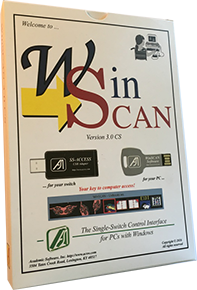

As technology continues to evolve, in-body devices are promising several new and hitherto unexplored opportunities in healthcare. In-body devices are already in use for several medical applications, ranging from pacemakers and capsule endoscopes to injectable micro-stimulators. Nevertheless, in-body devices are opening up new opportunities for medical prevention, prognosis, and treatment that quickly outweigh any design challenges and/or concerns on their invasive nature. Design considerations, current status and future directions related to the aforementioned in-body devices are discussed.Ī number of design challenges are associated with in-body devices, including selection of operation frequency, antenna design, powering, and biocompatibility. The paper also includes the author's perspective on current and future trends in the development of CMOS-based biotelemeters, focusing on concepts of implant modularity, miniaturization and hybrid energy harvesting solutions.Ī critical literature review analysis is conducted focusing on three types of in-body medical devices, i.e., a) devices that are implanted inside the human body (implantables), b) devices that are ingested like regular pills (ingestibles), and c) devices that are injected into the human body via needles (injectables). This paper retraces the evolution of biotelemetry devices from their very early inception to the smart miniaturized systems of modern days, focusing on semiconductor-enabled sensing methods and circuits developed over the last six decades. Since then we have witnessed the rapid progress of medical devices driven by the evolution of semiconductor technology, from single-transistor oscillators to complex mixed-signal multi-channel and multi-modal systems. These swallowable capsules could sense and wirelessly transmit vital parameters from inside the human body. The first radio pills were developed as early as the 1950's using only a few transistors.

The advent of semiconductor technology in the mid-20 th century created unprecedented opportunities to develop a new generation of small-scale wireless medical sensing devices that can support remote monitoring of patients' vital signs.


 0 kommentar(er)
0 kommentar(er)
